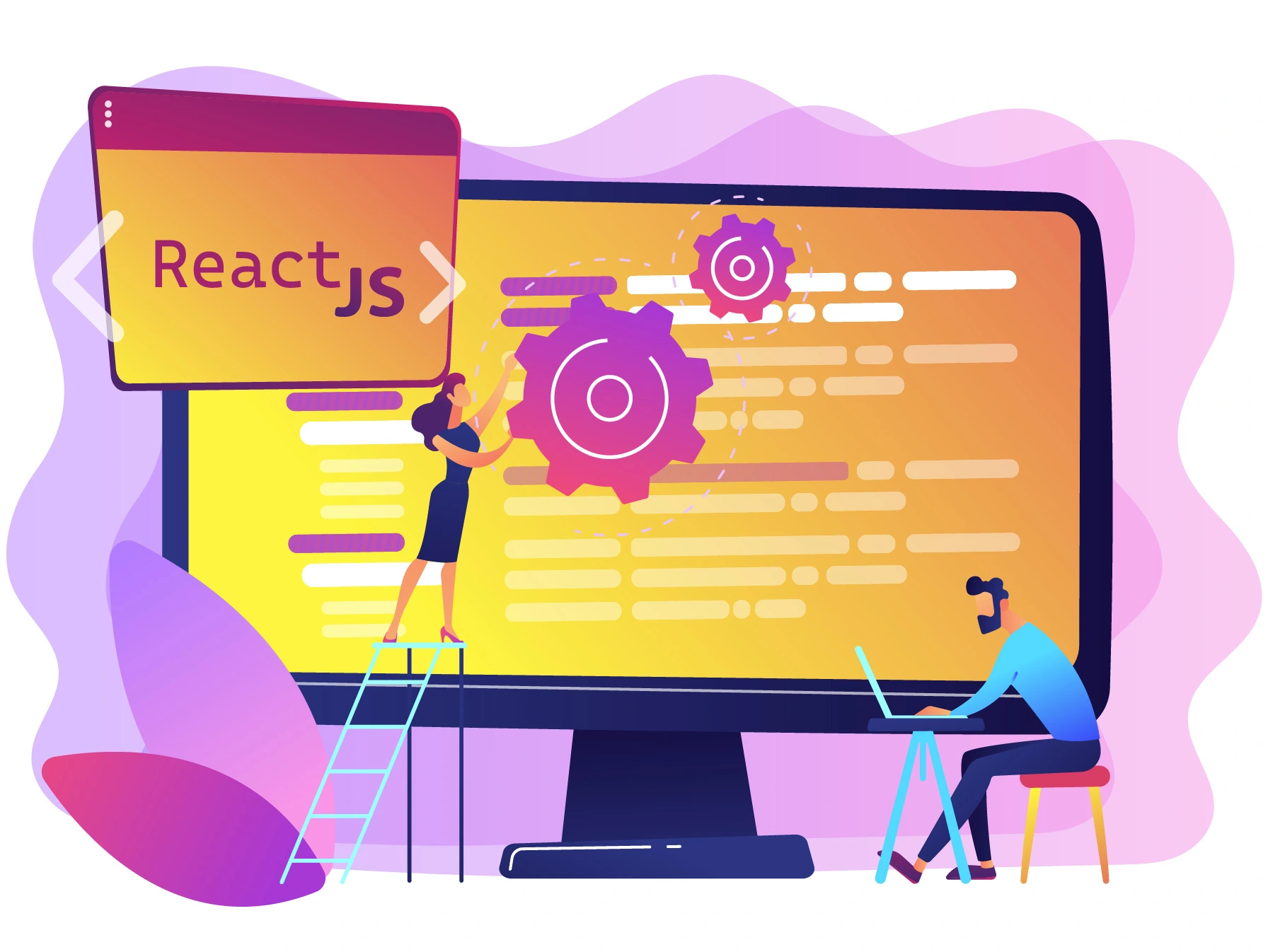Let's talk at +1 315.210.8558 | +91 120 4374402

An open-source JavaScript framework and library is called React JS. It’s used to create interactive user interfaces and online apps fast and effectively with far less code than vanilla JavaScript. It makes use of virtual DOM (JavaScript object), which increases the app’s speed. The virtual DOM of Java Script is faster than the traditional DOM.
The Model View Controller is used by ReactJs, and the view layer is in charge of managing mobile and web apps. React is renowned for its capacity to develop mobile apps and single-page web applications.
Let’s have a look what are the major errors that come across while writing code-
Common Errors while coding React JS:
Omitting keys when presenting a list of items:-
We frequently find ourselves with React needing to translate lists of data into elements or components. This is frequently accomplished by passing data from each index of the array to the element or component through props using the Array.prototype.map method.
Without a key prop, React will complain that each element lacks a key if we do this. In essence, we are passing a string to a specific property. It must have a special string that sets it apart from the siblings we are also mapping.
React is able to tell whether elements have changed, been added to, or been deleted thanks to keys. These keys work great in mobile app development. To provide the array’s items with a reliable identification, keys should be provided.
All we need to do to correct this is to provide the element we are returning with a special key. The information we are mapping frequently originates from a retrieve request and typically has an id. Fortunately, our set of data has an id attribute that we can use.
Not returning list accurately:-
We frequently repeat some facts, as we have previously seen. Perhaps we are mapping to the DOM or filtering a data collection to a certain subset. Whatever it is, there are a few traps we need to be aware of when it comes to returning our data lest we end up baffled.
It is to implicitly return the result, which eliminates the need for a return statement and curly brackets around the function body. You have a choice as long as you are aware of the potential hazards you can run across. Make sure to thoroughly review your map function. Also, ensure while android app development you are truly giving the proper results if the data seems to be missing.
Not eliminating use effect side effects:-
We may execute side effects inside functional components thanks to the use effect hook. Cleaning up some of the adverse effects of this hook is necessary. This implies that we can execute a unique function when the component unmounts. Sometimes we need to do this in order to avoid getting an error message alerting us to memory leaks in our programmes.
Think of a use effect that makes an asynchronous API call of some sort before updating a component state to the return. We may be attempting to update the status of a component that is not mounted if the response is sluggish. And sometimes the component unmounts before we receive a response.
It is only a function that we add to our useEffect hook at the bottom, where we put our cleaning code. Now that our retrieve request has been cleaned up, we can utilise the JavaScript-compatible DOM apiAbortController. We may cancel web requests using this feature, and we’ll do to end the retrieve request whenever the component unmounts.
Failing to wrap adjacent JSX elements:-
An enclosing tag must be used to surround neighbouring JSX items. Depending on the needs, there are a few various methods one may do.
Thankfully, React offers us a remedy. If we don’t need the wrapper to be a part of the DOM, we may use React. Fragment to enclose our nearby JSX.
Last but not least, if we are mapping some data to JSX, we must add keys to our wrapper element. We may wrap our elements in React. Fragment and give the fragment a special key if all we have is neighbouring JSX.
Summing Up
Since React 16, the entire component tree won’t render if a rendering issue occurs in a single component. If not, the error will propagate until it reaches the first error-handling component. Errors with React 15 would result in a partly displayed component tree. Error boundary components must be class-based, however, lifecycle hook functionality will eventually be added.
Hope you got to know about the errors and how to resolve them. Kindly go through it and suggest your thoughts.
Thank You!!

